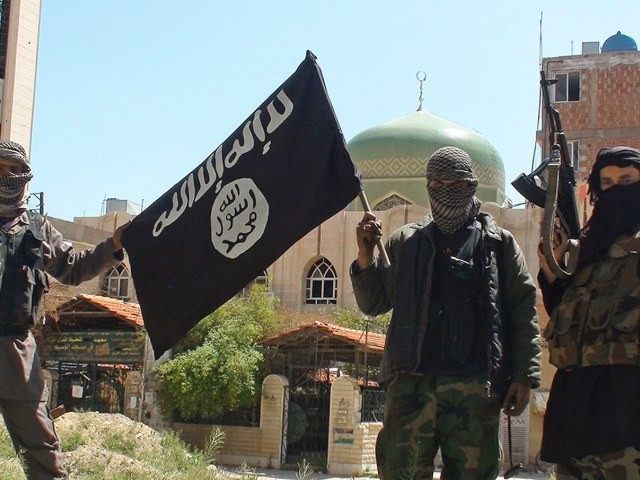JAFFA, Israel – The recent rocket fire from the Gaza Strip into Israel heralds an imminent conflict between Salafi groups that have pledged loyalty to the Islamic State and their ideological enemies, an Iranian-backed militia called Alsabereen.
The rising tensions risk turning Gaza into the site of a regional proxy war between those loyal to Shi’ite Iran and supporters of its Sunni rivals – Saudi Arabia, Qatar, and Turkey.
Amazingly, the simmering conflict in the Palestinian coastal enclave is only tangentially related to Israel. In August, jihadi militants tried to blow up the house of Mohammed Gandor, a top Alsabereen commander, in the northern Gaza Strip. He was accused by his detractors of trying to import Iran’s Shi’ite Islam into the predominantly Sunni Palestine.
The bombing was foiled by Hamas security forces, but the narrowly averted attack testifies to the imminence of an intra-Islamic religious war of the type Yemen, Iraq, and Syria have witnessed.
Last month, Hisham Salem, the founder of Alsabereen, was moderately wounded after being stabbed during an interview with Iranian television networks in the Gaza district of Shujaiya while Palestinian rioters clashed with Israel Defense Forces troops on both sides of the border fence.
Salem’s attacker, who is believed to be affiliated with a Salafi militia, is still at large.
Recently, the Hamas government and the Salafi opposition reached a détente of sorts, mediated by the head of IS in the Sinai Peninsula, Shadi Almonei, who visited Gaza to broker the deal.
According to the agreement, Salafi militants will hold their fire and stop provoking Israel by launching rocket attacks in exchange for the liberation of Salafi prisoners by Hamas. For now, Hamas does not want another conflict with Israel.
Almonei also pledged that his organization will help Hamas smuggle arms into the Strip.
Meanwhile, Hamas was contemplating criminalizing the activity of Alsabereen – though it is unclear if this is the result of its recent rapprochement with its Salafi rivals. Hamas has decided against this due to Iran’s willingness to resume its support for the Gaza government. Hamas is now trying to lessen tensions between the rival groups.
Hamas’ efforts have been successful so far, though both camps have stepped up their recruitment efforts – the Salafi groups by firing on Israel and Alsabereen by planting a roadside bomb near an Israeli patrol, which, according to the IDF, caused no injuries.
According to the Palestinian political analyst Talal Okal, Gaza is increasingly “up for grabs” and could be dominated by either Salafi or Iran-backed militias, who are also supported by sympathizers and sponsors from across the Middle East. Tensions will continue to rise, he predicts, which may affect Israel too.
Okal tells Breitbart Jerusalem that the cause of the friction is predominantly domestic, enhanced by Sunni-Shi’ite enmity. “However, it is unlikely that this tension will reach boiling point in the near future, because Palestinian society lacks the components that have enabled sectarian violence elsewhere in the Middle East,” he says.
“The powers that be both in Gaza and in the West Bank will keep a lid on internal violence as well as vis-à-vis Israel,” he says.
According to Okal, Hamas is stuck between a rock and hard place: “On the one hand, it seeks to get back into the Iranian orbit, but on the other it relies on the good will of IS-affiliated commanders in Sinai. At the same time, it dreads another round of fighting with Israel so soon after the previous one that brought Gaza few accomplishments and left the Strip paralyzed. Hamas will continue to tread this line in its future dealings with Iran and the Salafists.”

COMMENTS
Please let us know if you're having issues with commenting.